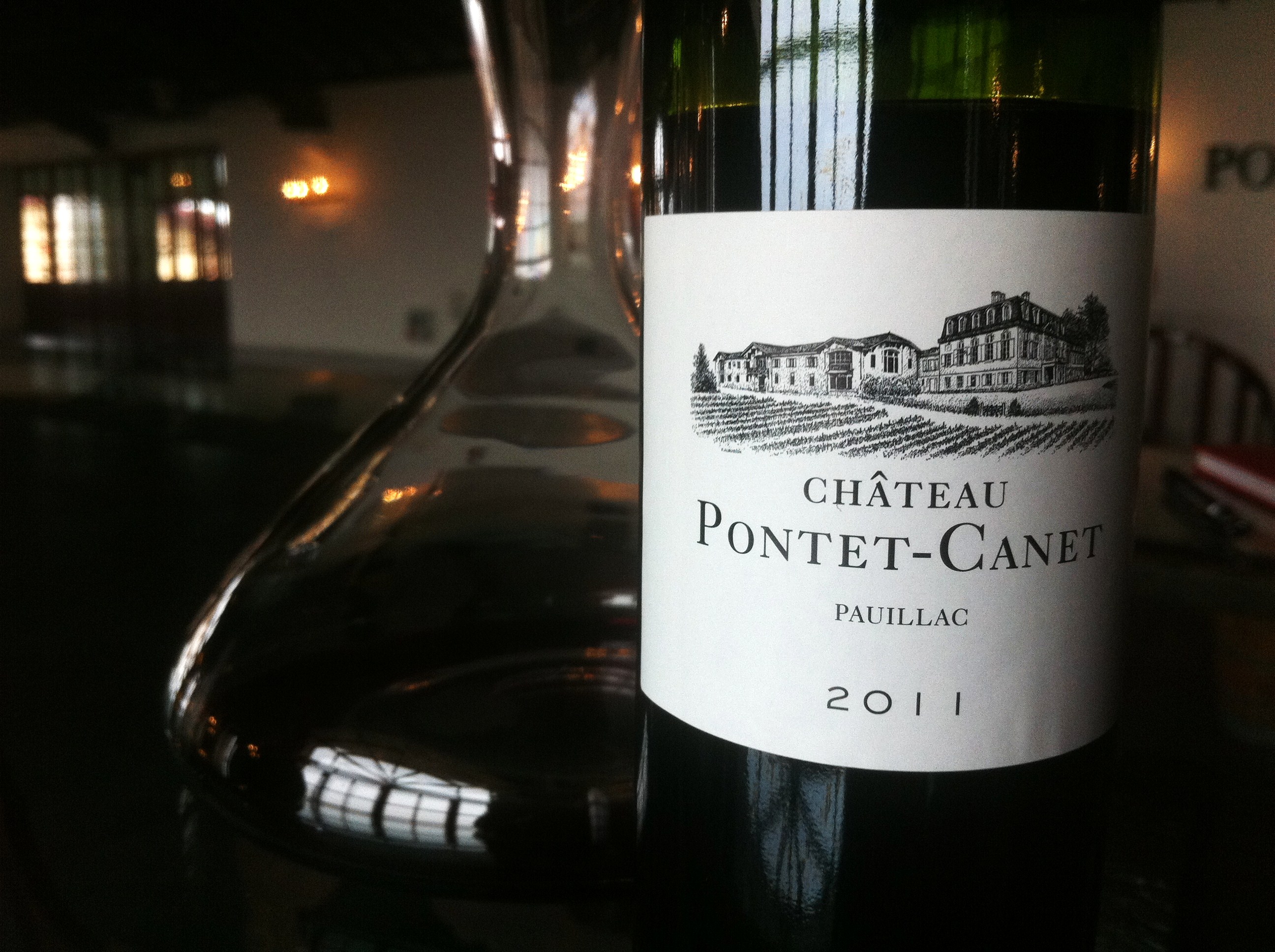Napa Valley: God bless the fog

The Napa Valley is a surprisingly small wine region, just one eighth of the size of Bordeaux, but it is extremely well-endowed in the terroir department. Its varied soils and topography are vital to the valley’s greatness, whether it be the famous Rutherford dust, its red rock terraces or the deep, volcanic hillside soils of Stag’s Leap. Yet the most important influence on the place isn’t the land at all. It’s not even Stephen Spurrier, though his 1976 Paris tasting did put Napa on the map. It’s actually the sea.
Without the cooling nighttime Pacific fogs that creep up the valley and fall gently over the hills each night, it’s doubtful that the valley would be as interesting a place as it is viticulturally speaking. Anyone who’s woken up early in Napa at the height of summer will have felt the chill. For the grapes, it’s the equivalent of spending the night in the fridge, helping slow down and even-out vine and fruit ripening and preserving all-important acidity in the grapes. It allows the best vignerons here to have their cake and eat it: to harvest fruit at wonderful ripeness but also with genuine freshness – assuming they don’t overdo the proverbial ‘hangtime’.
The cooling maritime influence also allows for a fascinating climatic range across relatively short distances. This means that the southern end of the Napa Valley produces genuinely impressive Chardonnay and Pinot Noir [open anything from Acacia or Saintsbury to quickly prove that] in just a remarkably short drive from the valley’s best Cabernet districts. So taken together with Napa’s soil [they have 60% of the world’s soil orders] and the valley’s varied geography, it all makes for a pretty unique set of circumstances. Then add in American enthusiasm and ingenuity, a fair bit of cash, family ownership [by and large] and a dose of the progressive, liberal Bay Area Northern California thing and it all makes the Napa Valley a genuinely interesting place to make wine.
 The Napa Valley Vintners tasting at The Palm Restaurant last month
The Napa Valley Vintners tasting at The Palm Restaurant last month
Cabernet Sauvignon remains the principal variety of the Napa Valley and, along with a handful of Merlot and three vintages of fizz from Schramsberg, it was the focus of a fascinating tasting put on by the Napa Valley Vintners in London last month. A dozen top-notch producers turned up, including Chimney Rock, Pine Ridge, Robert Mondavi, Silver Oak, Shafer and Viader Vineyards. They brought with them three vintages each, by and large their 2008s, 2005s and 2002s. It was great to hear from the winemakers and owners themselves, which included the indomitable Doug Shafer and polymath Delia Viader, mediated by Tim Atkin MW who was at the controls. I’ll be detailing the tasting and the estates over subsequent posts. Overall there quality was very high as you’d expect but there were important differences between producers and across the vintages. The tasting raised a number of questions about climate, terroir, winemaking approach and whether you can have balance in a wine at a whopping 15.5 degrees.
 Vivien Gay [Silver Oak] Elizabeth Vianna [Chimney Rock] Chris Hall [Long Meadow Ranch] & Michael Beaulac [Pine Ridge]. Photos courtesy of the Napa Valley Vintners/EW-PR
Vivien Gay [Silver Oak] Elizabeth Vianna [Chimney Rock] Chris Hall [Long Meadow Ranch] & Michael Beaulac [Pine Ridge]. Photos courtesy of the Napa Valley Vintners/EW-PR
Tags: Acacia, California, Chimney Rock Winery, Chris Hall, Delia Viader, Doug Shafer, Elizabeth Vianna, Michael Beaulac, Napa Valley, Napa Valley Vintners, Pine Ridge Vineyards, Robert Mondavi Winery, Saintsbury, Schramsberg Vineyards, Shafer Vineyards, Silver Oak Cellars, Tim Atkin MW, Viader Vineyards & Winery, Vivien Gay


